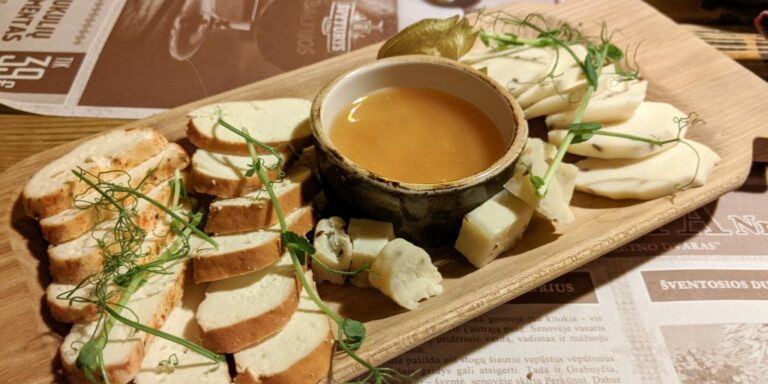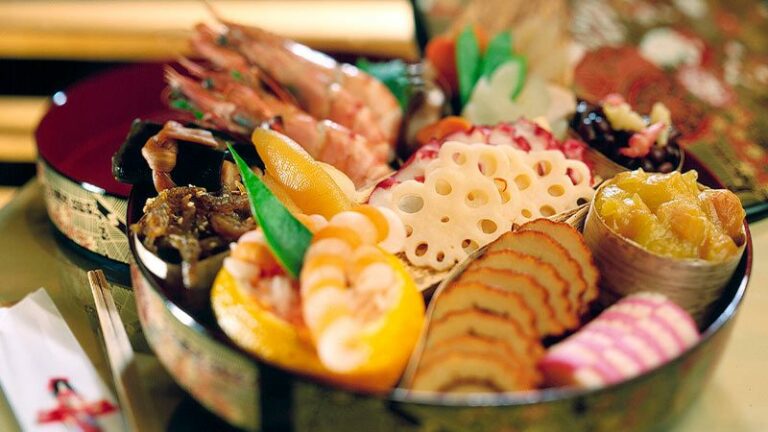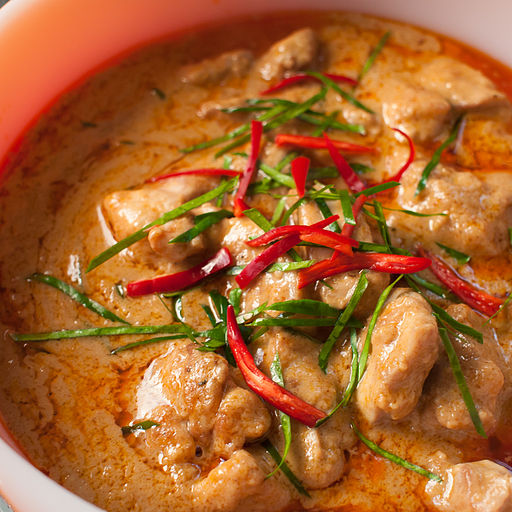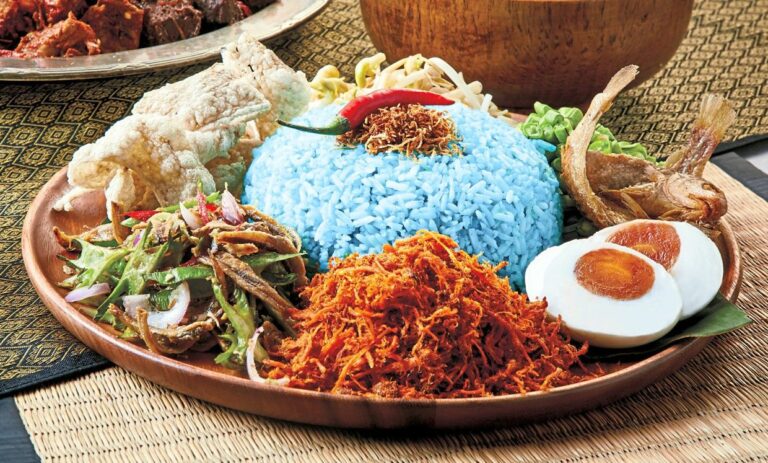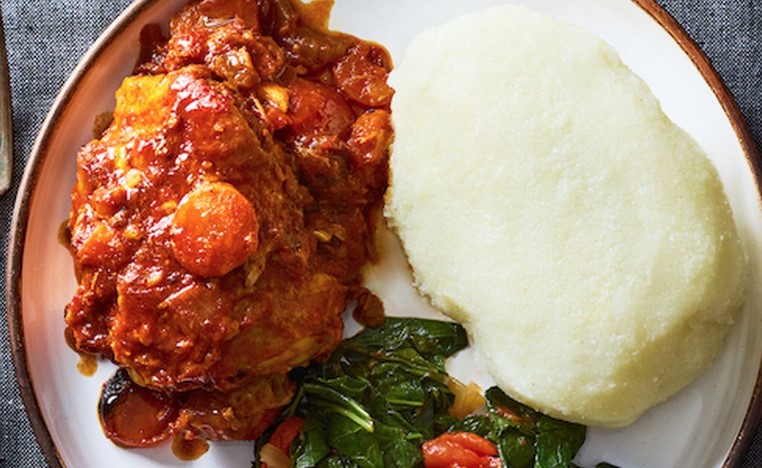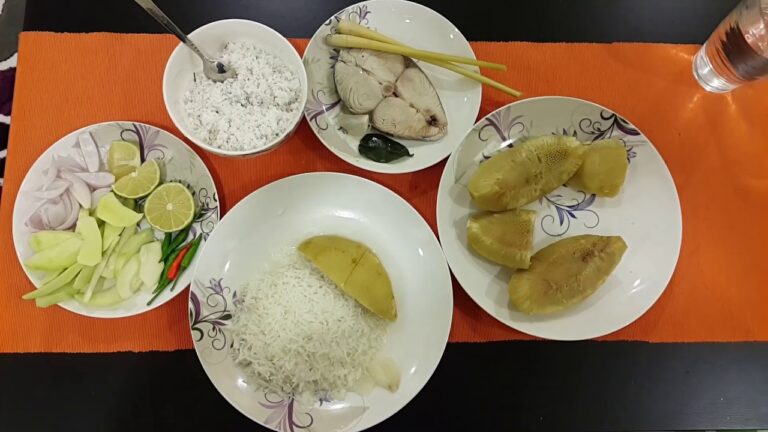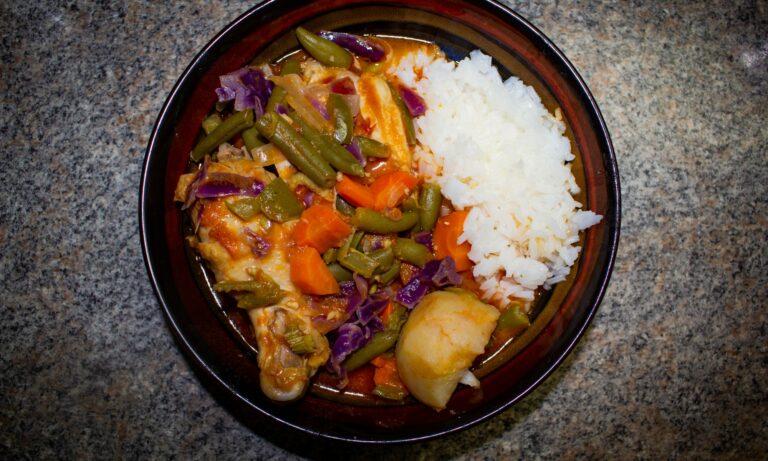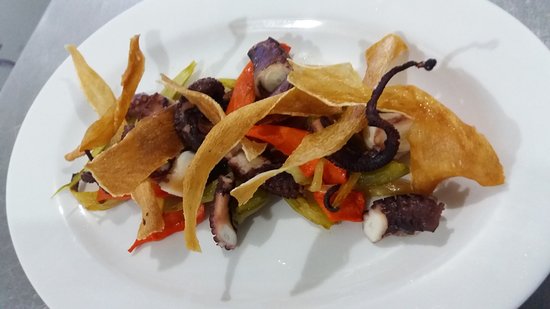Introduction: Lithuanian cuisine
Lithuanian cuisine is a reflection of the country’s geography, climate, and history. Located in the center of Europe, Lithuania has been influenced by neighboring countries, including Poland, Russia, Belarus, and Latvia. Lithuanian cuisine is known for its hearty and filling dishes, often made with potatoes, meat, and dairy products. It also features a variety of pickled and preserved foods, which have been used for centuries to preserve the harvest and provide sustenance during the long winter months.
The Baltic connection
Lithuania shares a common history and culture with its Baltic neighbors, Latvia and Estonia. This connection is reflected in the cuisine, with many dishes having similar names and ingredients. For example, Lithuanian cepelinai, or potato dumplings, are similar to Latvian and Estonian kroppkakor and koltuny, respectively. All three dishes are made with grated potatoes and stuffed with meat. Another common Baltic dish is šaltibarščiai, a cold beetroot soup that is popular in Lithuania, Latvia, and Estonia.
Influences from Eastern European cuisines
Lithuania has also been influenced by the cuisines of its Eastern European neighbors, including Poland, Russia, and Belarus. One example is kugelis, a Lithuanian potato pudding that is similar to the Polish dish, kopytka. Both dishes are made with grated potatoes, eggs, and flour, and are usually served with fried bacon or sour cream. Another example is kisielius, a Lithuanian fruit jelly that is similar to Russian kisel. Both desserts are made with fruit juice, sugar, and cornstarch, and are often served with sour cream.
Shared ingredients and cooking techniques
Lithuanian cuisine shares many ingredients and cooking techniques with its neighboring countries. For example, Lithuanian cepelinai are similar to Polish pierogi and Belarusian draniki, all of which are made with grated potatoes and stuffed with meat. Another example is šakotis, a popular Lithuanian cake that is similar to the Russian cake, sękacz. Both cakes are made by pouring batter onto a rotating spit and cooking it over an open flame.
Dishes with clear Baltic or Eastern European roots
Some Lithuanian dishes have clear Baltic or Eastern European roots, while others are unique to Lithuania. One example of a dish with clear Baltic roots is kastinys, a traditional Lithuanian sour cream spread that is similar to Latvian skābais krējums. Another example is šakotis, a Lithuanian cake that is similar to the Polish cake, sękacz.
Conclusion: A blend of cultures in Lithuanian cuisine
In conclusion, Lithuanian cuisine is a blend of cultures, reflecting the country’s history and geography. While it has clear roots in Baltic and Eastern European cuisines, it also has its own unique flavors and dishes. Shared ingredients and cooking techniques have resulted in similar dishes across borders, while unique ingredients and techniques have resulted in dishes that are distinctly Lithuanian. Whether you’re enjoying a bowl of šaltibarščiai or a plate of cepelinai, Lithuanian cuisine is sure to satisfy.

